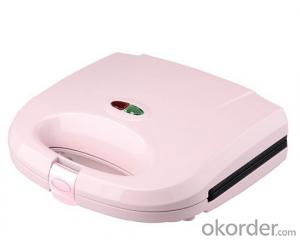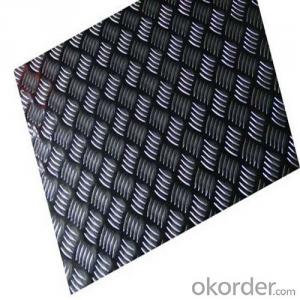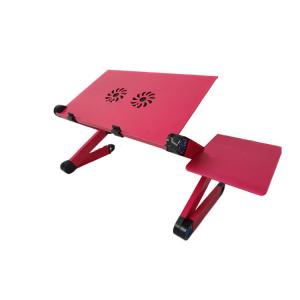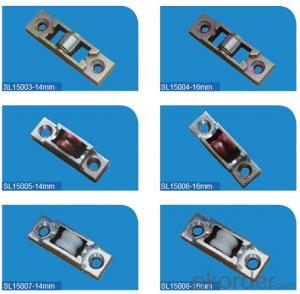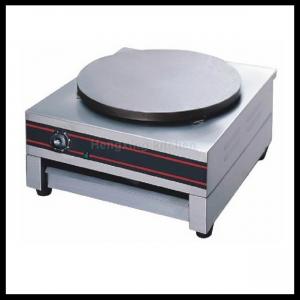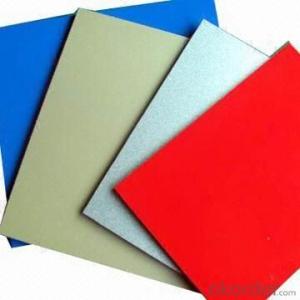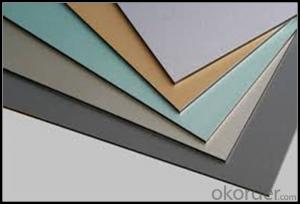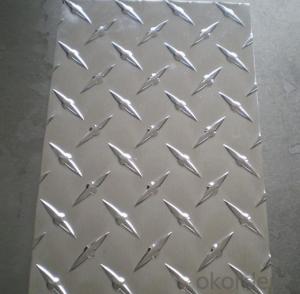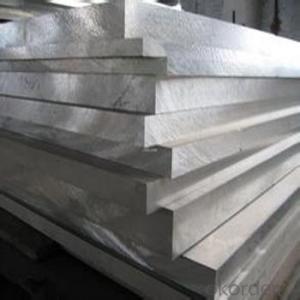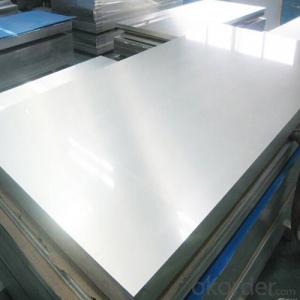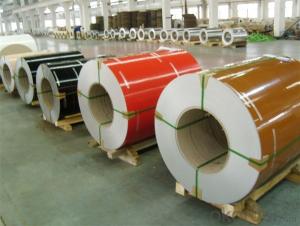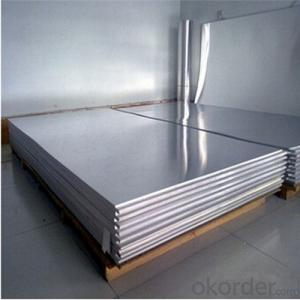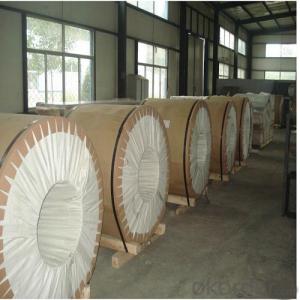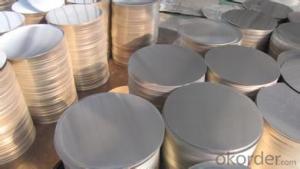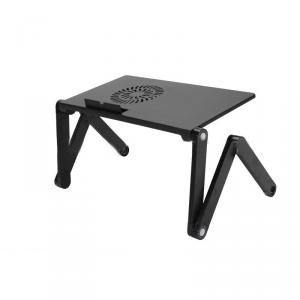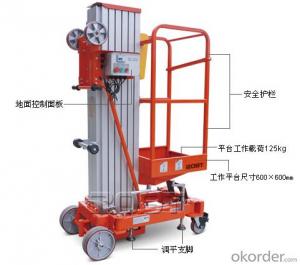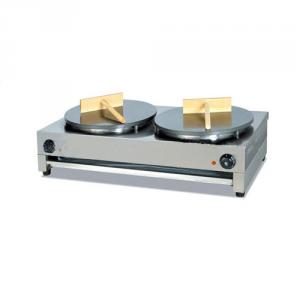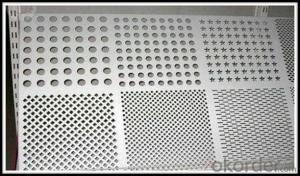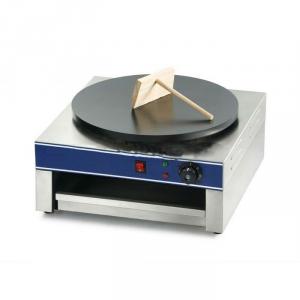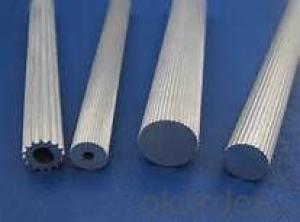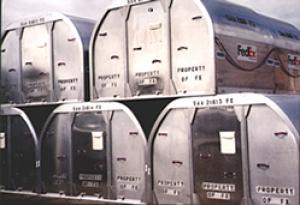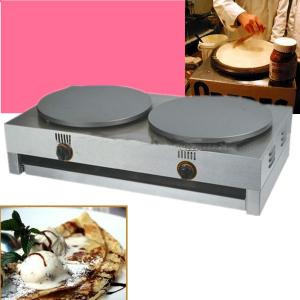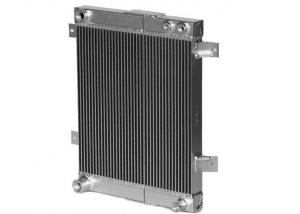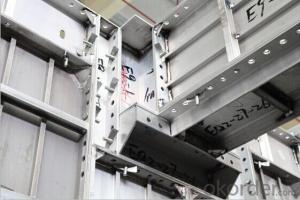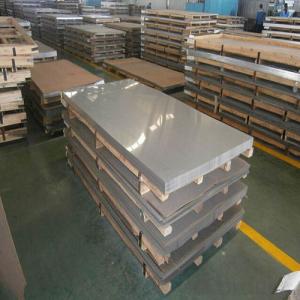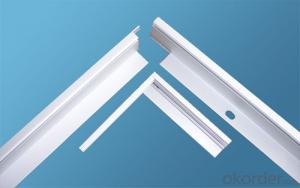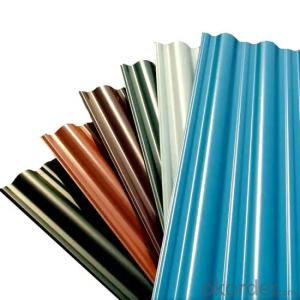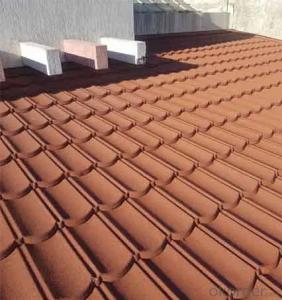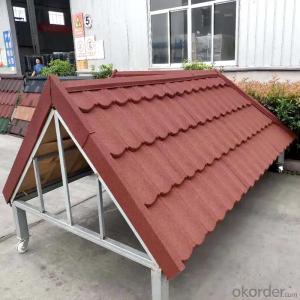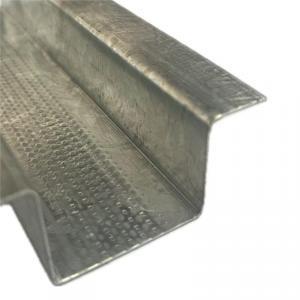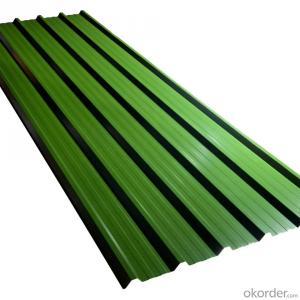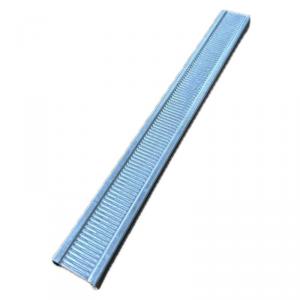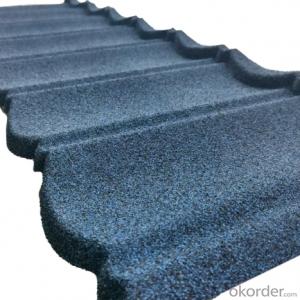Kreg Aluminum Router Plate
Kreg Aluminum Router Plate Related Searches
Aluminum Router Plate Router Aluminum Plate Rockler Aluminum Router Plate Aluminum Router Insert Plate Aluminum Router Plate Insert Aluminum Jig Plate Routing Aluminum Plate Router Bits For Aluminum Plate Jig Plate Aluminum Aluminum Grid Plate Aluminum Ramp Plate Aluminum Charger Plate Rolled Aluminum Plate Chrome Plate Aluminum Aluminum Ramp Plate Kit Aluminum Cake Plate Aluminum Round Plate Tread Plate Aluminum Aluminum Keyboard Plate Aluminum Structural Plate Aluminum Profile Plate Aluminum Heater Plate Cast Aluminum Jig Plate Aluminum Ramp Top Plate Aluminum Wall Plate Aluminum Grill Plate Aluminum Floor Plate Aluminum Surface Plate Aluminum Thread Plate Aluminum Transom PlateKreg Aluminum Router Plate Supplier & Manufacturer from China
The Kreg Aluminum Router Plate is a versatile and high-quality woodworking accessory designed to enhance precision and control when using a router. This product is specifically engineered to provide a stable and durable platform for a wide range of woodworking applications, ensuring that users can achieve professional results with ease. The Kreg Aluminum Router Plate is ideal for various tasks, such as edge profiling, creating grooves, and cutting rabbets, making it an essential tool for both hobbyists and professional woodworkers alike. Its sturdy aluminum construction ensures that it can withstand the rigors of regular use, while its compatibility with various router models makes it a versatile addition to any workshop.The Kreg Aluminum Router Plate is widely used in woodworking projects, offering a reliable and efficient solution for achieving precise and clean cuts. Whether you're working on furniture making, cabinetry, or any other woodworking project that requires routing, this product is an invaluable asset. Its ability to provide a flat and stable surface for the router bit ensures that your cuts are accurate and consistent, reducing the risk of errors and improving the overall quality of your work. Additionally, the Kreg Aluminum Router Plate's design allows for easy bit changes and adjustments, streamlining your workflow and saving you time in the process.
As a leading wholesale supplier, Okorder.com offers a large inventory of Kreg Aluminum Router Plates, ensuring that you can find the right product to meet your woodworking needs. With competitive prices and a commitment to customer satisfaction, Okorder.com is the ideal choice for those looking to purchase this essential woodworking tool in bulk. By partnering with Okorder.com, you can be confident that you're getting a high-quality product at a great value, allowing you to focus on your projects without worrying about the quality of your tools.
Hot Products

